Adequate policy framework for a real estate breakthrough
Voices from the government and the business community should be heard and understood by both sides. A constructive government should be one that listens to all current issues of enterprises and helps to unravel difficulties, as well as supports and encourages innovative ideas.
Imperative need for solutions to tax-charge issues
 |
| Nguyen Van Loc Chairman, LP Group |
Due to the fact that real estate business has been considered a special field by the Ministry of Finance (MoF), it has to pay tax even before gaining revenue. This is a “knot” that needs to be removed as medium-sized real estate developers with long-lasting investment projects will face a great deal of difficulties when they have to declare and pay tax as soon as revenue arises (even though they have not reached the break-even point yet). Thus, it is suggested that real estate projects and enterprises are classified into groups based on type or scale in order to apply a suitable time of tax calculation.
The second obstacle in the taxation policy is the provision of offsetting profits arising from real estate business against the loss from other business activities and vice versa, as provided for in the current Law on Corporate Income Tax. When real estate transfer is the main source of income but enterprises have to declare tax separately for this activity, where does the budget come from to make up for the loss of investments and the costs of other supporting activities which generate that revenue? While the multi-field business model is inevitable to build up big enterprises in the real estate sector, the government’s excessive worries about tax evasion through the offset mechanism will result in negative reactions from developing enterprises, especially those with medium scale and multi-field business activities. The policy should establish a universal mechanism for everyone to develop together, providing space for enterprises to propose their own commitments.
Maintaining regular but strictly controlled credit flows
The State Bank of Vietnam is still controlling interest rates, credit requirements (ratios for safety in credit activities), and especially the maximum ratio of short-term capital sources used as medium- and long-term loans for real estate business. However, it is necessary to consider a separate regulation on loan interest rates for real estate businesses.
As a matter of fact, real estate enterprises are still waiting for the government to reduce credit interest rates, not only for the sake of their own businesses, but also to benefit buyers—housing is an essential need for the majority of residents in small and large cities alike.
The most important part of this financing problem, which is also the only thing that the government and its management agencies need to monitor, is ensuring that the flow of capital into real estate projects is controlled tightly in order to preserve the capital. This monitoring mechanism must combine commercial banks and local management authorities.
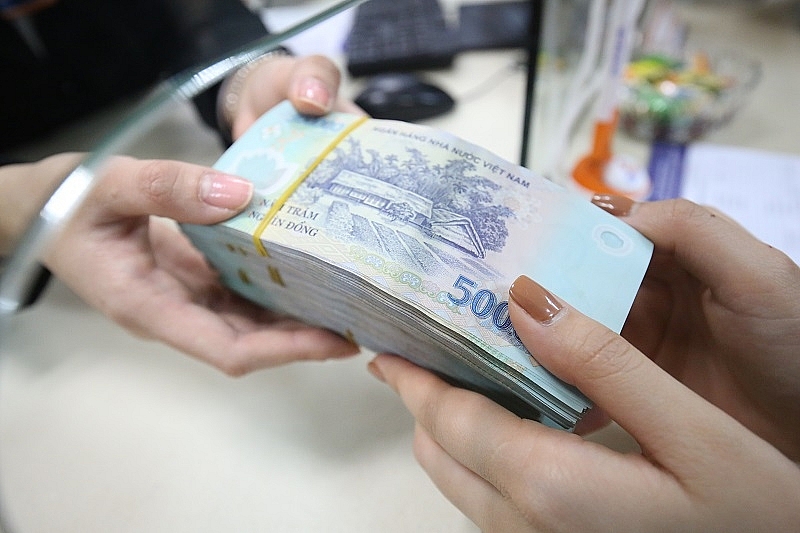 |
| There is great need to sort out the tax obligations burdening medium-sized real estate developers |
More mechanisms for real estate investment funds (REIFs)
‘Real estate investment fund’ is defined in the Law on Securities amended and supplemented in 2010 and official regulations establishing this type of investment fund have been promulgated since 2012. However, until now, this has not been a channel of capital mobilisation (and possibly a capital reserve) for the market. Why? So far, Vietnam had only one listed real estate investment fund (Techcom). The legal conditions are not too strict: the fund only has to ensure to spend at least 65 per cent of the total investment capital on real estate activities and at least 90 per cent of annual profit on interest distribution. As such, medium-scale investors or real estate developers can also establish these types of funds to take advantage of new opportunities in the real estate market.
According to MoF’s Decree No.228/2012/TT-BTC governing real estate investment funds, issued on December 27, 2012, the structure of real estate investment funds is regulated quite strictly so as to prevent risks. Nevertheless, the requirement of a large proportion of real estate value in the fund structure may lead to the devaluation of the fund when the market is frozen. The issue that needs solving is that regulations on this type of fund mobilisation and investment activity should be more flexible, heading towards the profitability of investors. Appropriate action may accelerate the development of this fund.
Now, more than ever, the connection between finance and real estate business needs to be encouraged by open policies. Once the financial and real estate market are transparent, clear, and accessible, the associated products of these two markets will definitely grow.
 |
| Younger and mid-income homebuyers will provide great demand for combined housing projects |
Mechanism for new trend
Green building projects, smart homes or combined housing will attract more and more buyers. The young generation and low- to mid-income earners in Vietnam are creating a large consumer market for this housing segment, combining homes and offices or chains of offices and rest areas. Smart home technology will flourish in Southeast Asia in the near future. Yet there have not been any actions from lawmakers to delineate the legal framework or incentives for investors following this model.
Many enterprises have decided to develop green building projects, but what policies are applicable to them? In 2016, the government promulgated regulations on the development of mineral-resources and energy saving as well as eco-friendly materials. The Ministry of Construction should introduce preferential investment policies for these materials, as well as issue standards, regulations, economic and technical norms to define eco-friendly materials.
The rent, rent-to-own or office segments are also experiencing positive changes in the shared economy. Condotels, hometels, office or co-working space have been emerging in the past few years, which indicates the obvious flexibility of real estate businesses. There is an actual demand on the market. Meanwhile, these business activities are still being governed by former general regulations.
Targeting an ecosystem for the real estate sector
With the development of the tourism-resort segment, tourism enterprises are in need of new support. As the green building initiative is taking on speed, the government should give more preference for materials or change import-export tariff in favour of enterprises.
Green materials such as unbaked bricks and their need for support from the government are an example. When a preferential policy for “green materials” is applied, it will not only bring benefits to brick suppliers, but will also encourage real estate developers to use this kind of building material more. Similarly, when it comes to foreign housing ownership, the mechanism should be open for more effective governance, moreover, shelter should be placed in the new picture of shared economy. When the needs of real estate consumers are fully met, all parties will benefit.
In addition, lawmakers cannot ignore regulations that can “anticipate” Industry 4.0. This may be the establishment of a fair investment management mechanism for businesses or the adjustment of tax administration policies in line with new business models. The focus of these adjustments should be on online hospitality services or property technology (PropTech), which is an indispensable market trend.
In summary, the regulator’s role is to ensure the even development of the real estate market and maintain the balance of urbanisation. As the development of cities in Vietnam is largely driven by population shifts from rural areas, it is evident that urbanisation in Vietnam is stable and has not reached saturation yet. Therefore, a moderate policy of credit and environmental protection that is in line with modern trends and guarantees common interests is vital.
What the stars mean:
★ Poor ★ ★ Promising ★★★ Good ★★★★ Very good ★★★★★ Exceptional
Themes: Vietnam Property Outlook 2017
Related Contents
Latest News
More News
- Nation urged to build on eco-IP model (April 16, 2024 | 10:22)
- Domestic steel demand expected to rebound amid warming real estate market (April 12, 2024 | 10:31)
- Implementation of new land laws must benefit investors (April 10, 2024 | 09:17)
- Apartment hikes hint at speculation return (April 09, 2024 | 10:14)
- Infrastructure focus sets stage for real estate bonanza (April 03, 2024 | 10:14)
- Nam Long Group maintains top ten position in real estate investment ranking (April 03, 2024 | 08:00)
- Hospitality and real estate sectors strive for sustainable growth (March 29, 2024 | 16:12)
- Gamuda Land starts construction of Eaton Park (March 28, 2024 | 16:40)
- New land law could entice Viet Kieu home (March 27, 2024 | 18:00)
- Binh Duong to capitalise on rising real estate interest (March 27, 2024 | 15:41)



 Tag:
Tag:

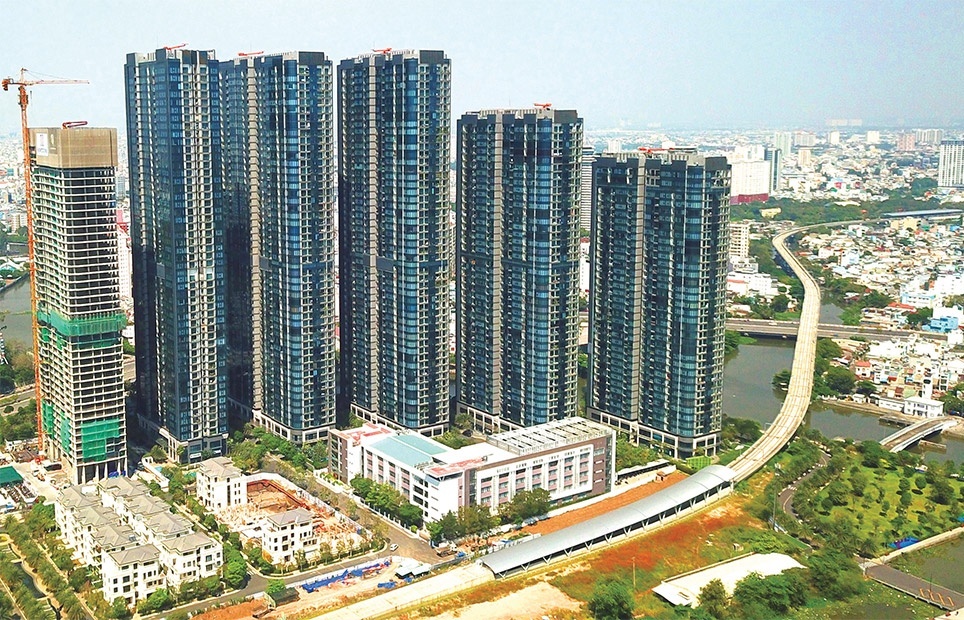

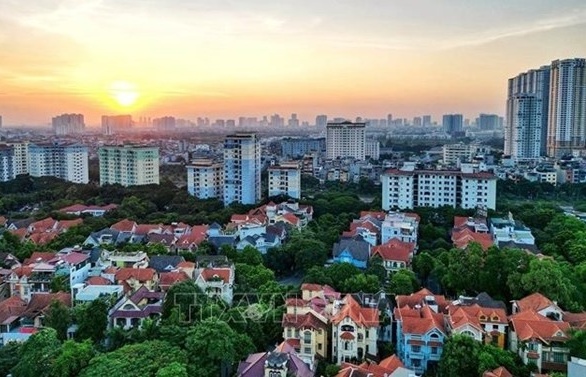

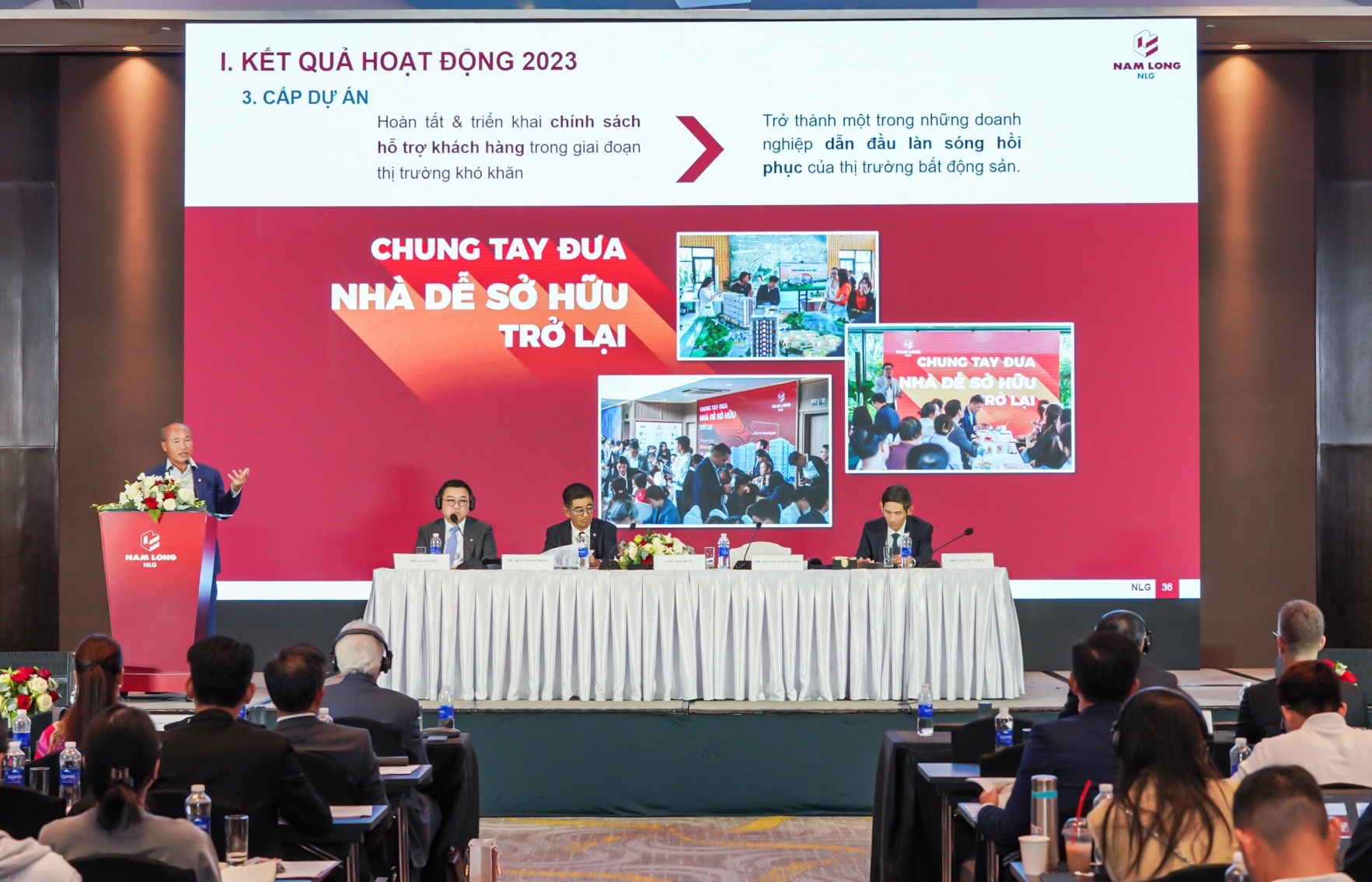
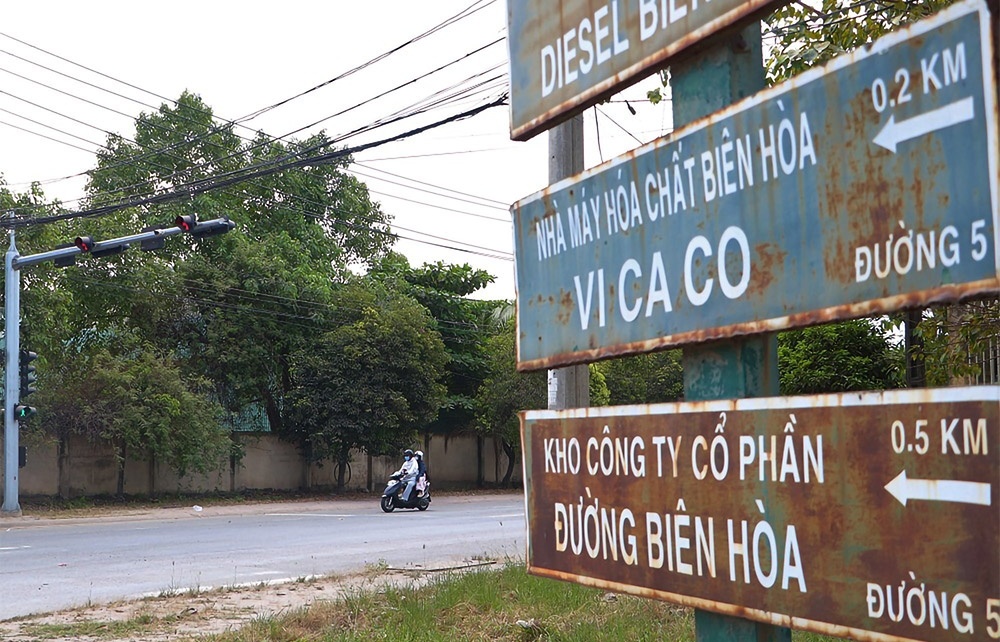
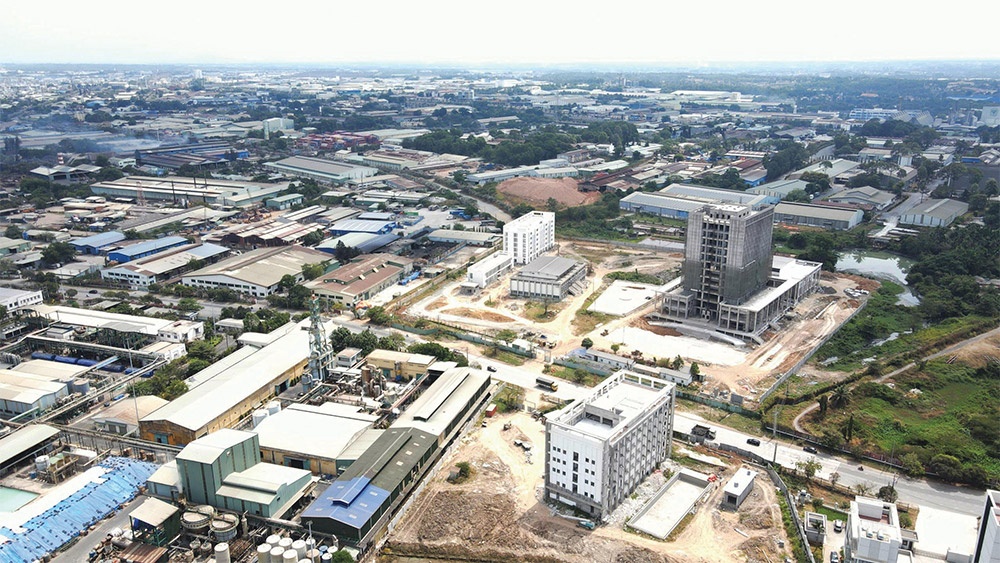





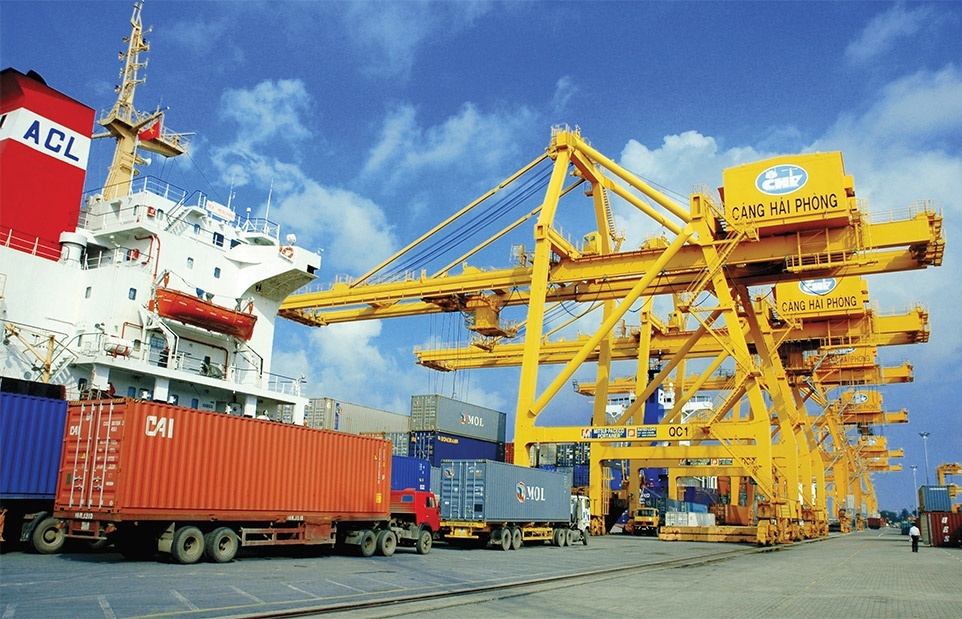
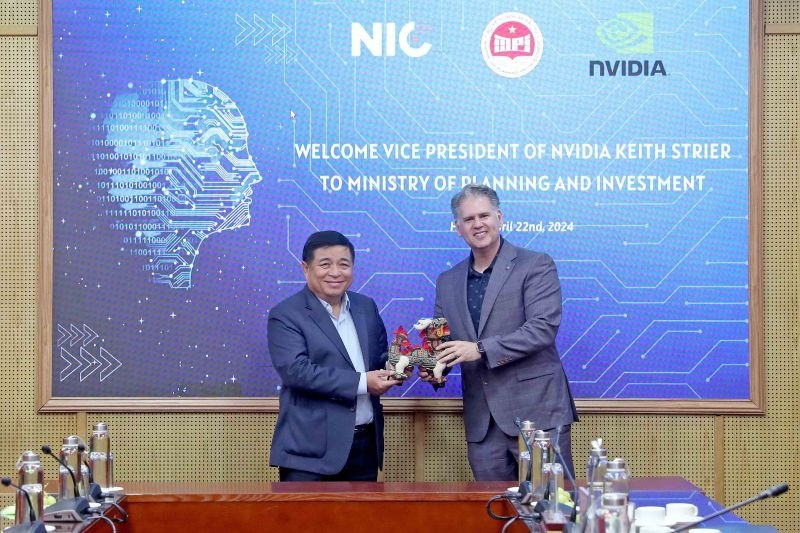




 Mobile Version
Mobile Version